Ever wondered about the underdogs of the truck world? These compact haulers packed serious utility into smaller frames throughout automotive history. Many delivered impressive capabilities without the bulk of their larger counterparts. Their efficiency and maneuverability made them perfect for specific jobs that didn’t require massive power. These forgotten mini-trucks deserve recognition for their contributions to automotive innovation.
10. 1982 Ford Courier
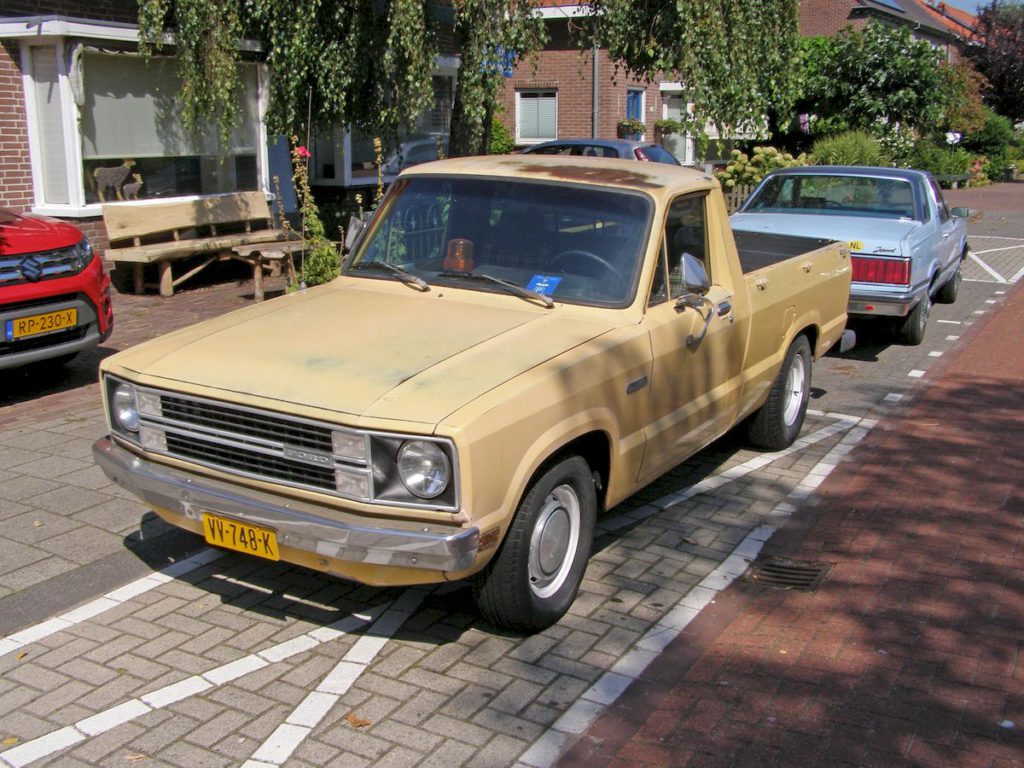
Fuel efficiency mattered most when the 1982 Ford Courier arrived from a Ford-Mazda partnership. This compact truck offered relief during 1970s fuel shortages. Its smaller size (approximately 172 inches long) made city driving easy. It had a decent cargo bed for smaller hauls. Engine choices included a 2.0L and 2.3L inline-4. You could get AM/FM radio and air conditioning if you wanted extras. While not as powerful as larger trucks, the Courier sold well before being replaced by the Ranger.
The 1982 Ford Courier offered practical interior accommodations focused on functionality rather than luxury. Simple vinyl or cloth bench seats provided basic comfort for driver and passenger during city commutes. The dashboard featured clear, easy-to-read gauges that gave drivers essential information without overwhelming them with unnecessary displays. Ford made AM/FM radio and air conditioning available as optional upgrades for those wanting additional comfort features. You’ll appreciate the straightforward layout that prioritized accessibility over complexity, making this interior perfect for drivers who valued simplicity.
9. 1987 Dodge Ram 50 (Exterior)
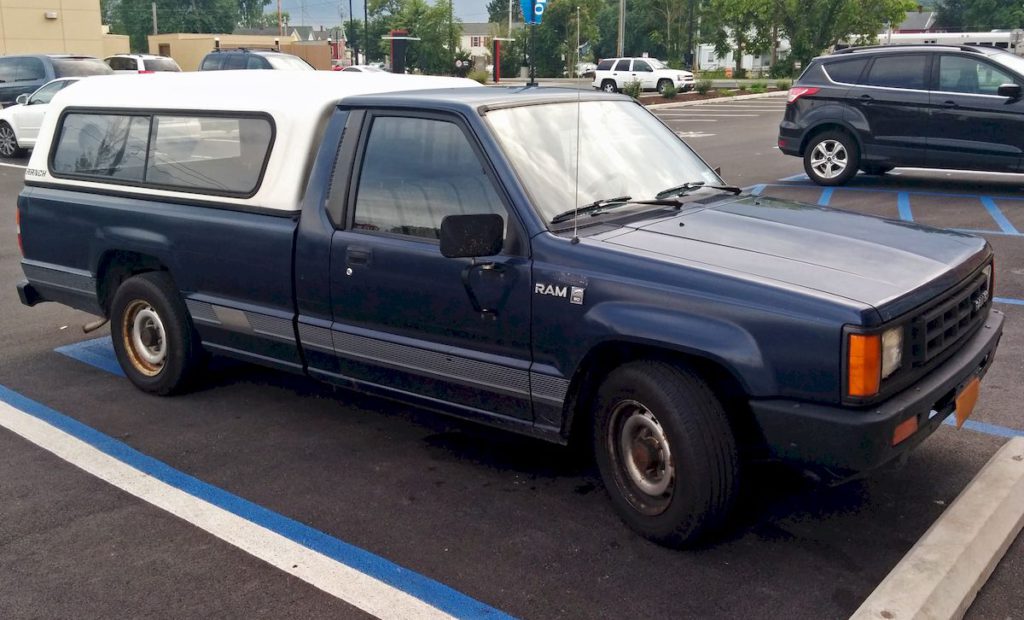
The roots of the 1987 Dodge Ram 50 trace back to Mitsubishi. Its compact size offered agility in tight spaces. It had enough cargo capacity for everyday tasks. Engine options included 2.0L and 2.6L inline-4 powerplants with either a four-speed manual or automatic transmission. The rear-wheel-drive system gave decent traction. Its reliability made it great for daily driving, though it lacked power compared to larger trucks.
1987 Dodge Ram 50 (Interior)
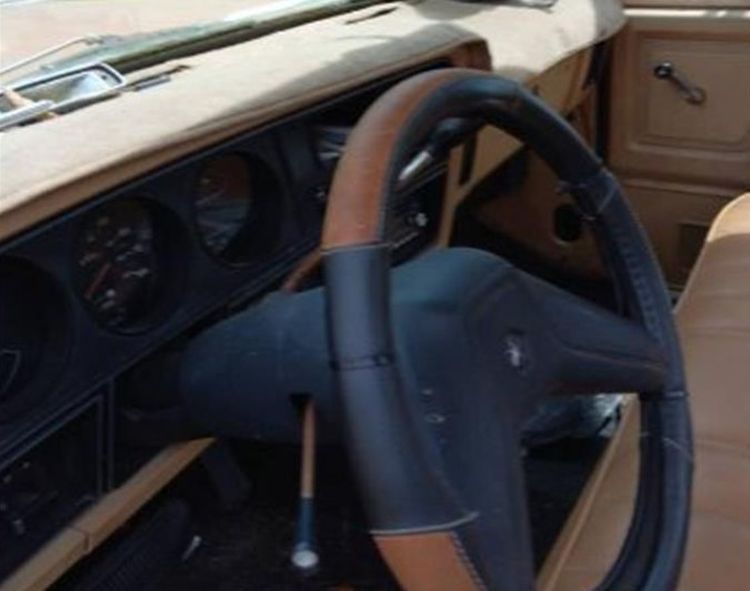
Inside the 1987 Dodge Ram 50, drivers found a no-nonsense interior designed for everyday utility. The cabin incorporated durable materials able to withstand years of regular use without excessive wear. Standard bench seating accommodated up to three passengers in the regular cab configuration, providing adequate space for shorter trips. The dashboard arranged essential controls within easy reach, reflecting Mitsubishi’s influence on practical interior design. Its basic amenities focused on functionality rather than luxury, making this pickup’s interior ideal for workers who needed dependable transportation without costly frills.
8. 1990 Chevrolet S10 (Exterior)
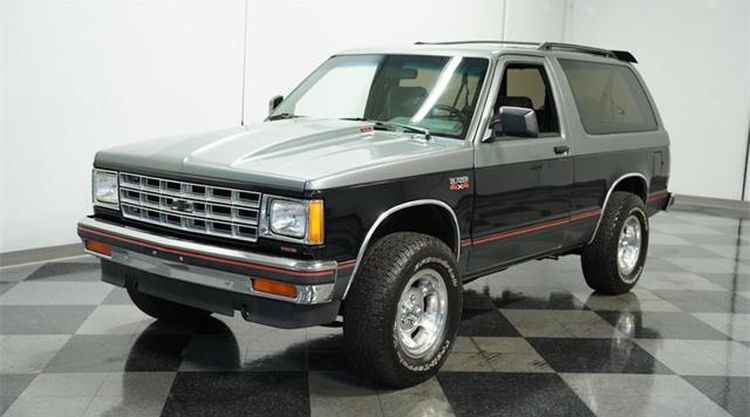
Historical significance marks the 1990 Chevrolet S10 as the first US-made compact from a major brand. Engine choices included a 2.5L inline-4 and two V6 options. Buyers could choose either rear-wheel or four-wheel drive. Its tough design made it practical. The S10 remains a classic compact pickup truck with great history, though some models had safety issues including rollover risks. Its durability and affordability helped it sell well during production.
1990 Chevrolet S10 (Interior)
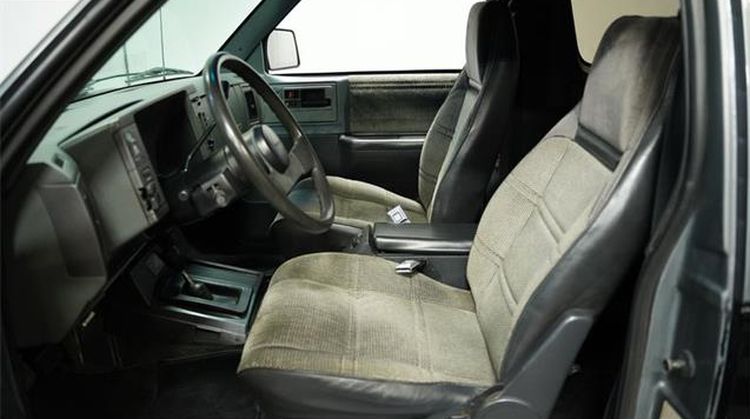
The 1990 Chevrolet S10 featured an interior that balanced utility with modest comfort improvements over earlier compact trucks. Chevy designed the cabin with more ergonomic considerations, placing controls within natural reach for drivers of various sizes. The upgraded cloth seating offered better support during longer drives than competitors, with optional bucket seats available for those seeking additional comfort. The instrument cluster provided clear readouts even in bright daylight conditions, helping drivers monitor vehicle performance efficiently. You’ll find the S10’s interior represents a significant step forward in compact truck cabin design without unnecessary complexity.
7. 1993 GMC Sonoma (Exterior)
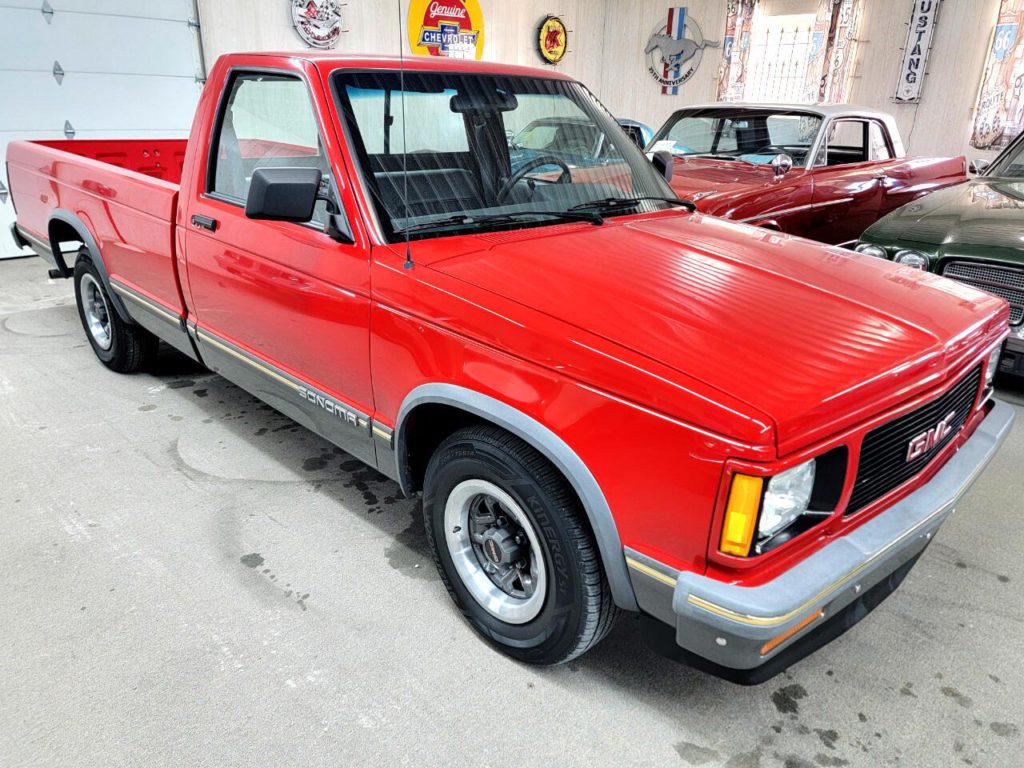
Truck utility in a smaller package defines the 1993 GMC Sonoma, which shares the S10’s foundation. Engine options included the 2.5L inline-4 and 4.3L V6. Drivers could pick a 5-speed manual or 4-speed automatic. It came in rear-wheel and four-wheel drive. Electronic fuel injection and optional ABS added tech value. Sonoma delivered a tough, practical design despite having limited power compared to full-size trucks.
1993 GMC Sonoma (Interior)
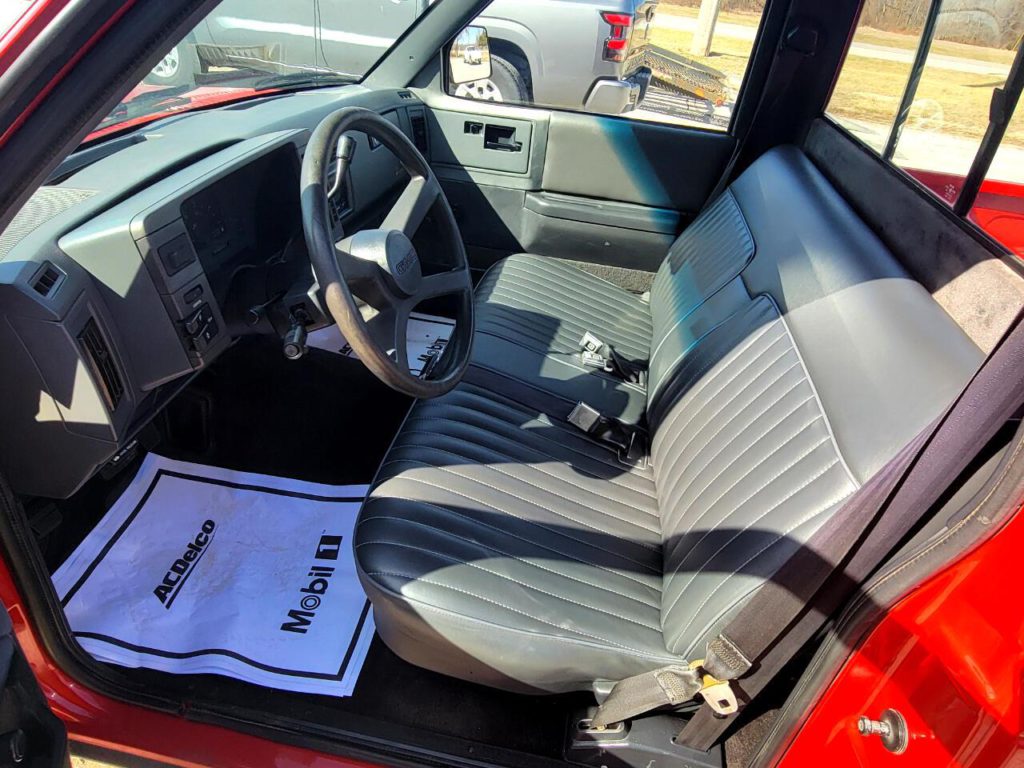
GMC equipped the 1993 Sonoma with an interior that reflected its position as a slightly upscale alternative to the S10. The cabin featured improved materials that balanced durability with a more refined appearance compared to other compact trucks. Standard bench seating came with better padding than previous models, while the optional high-back bucket seats provided additional support for longer journeys. The dashboard integrated electronic displays that added a modern touch to the practical layout. You’ll notice the thoughtful storage solutions throughout the cabin, making this interior particularly useful for drivers who used their trucks for both work and daily transportation.
6. 1983 Plymouth Scamp (Exterior)
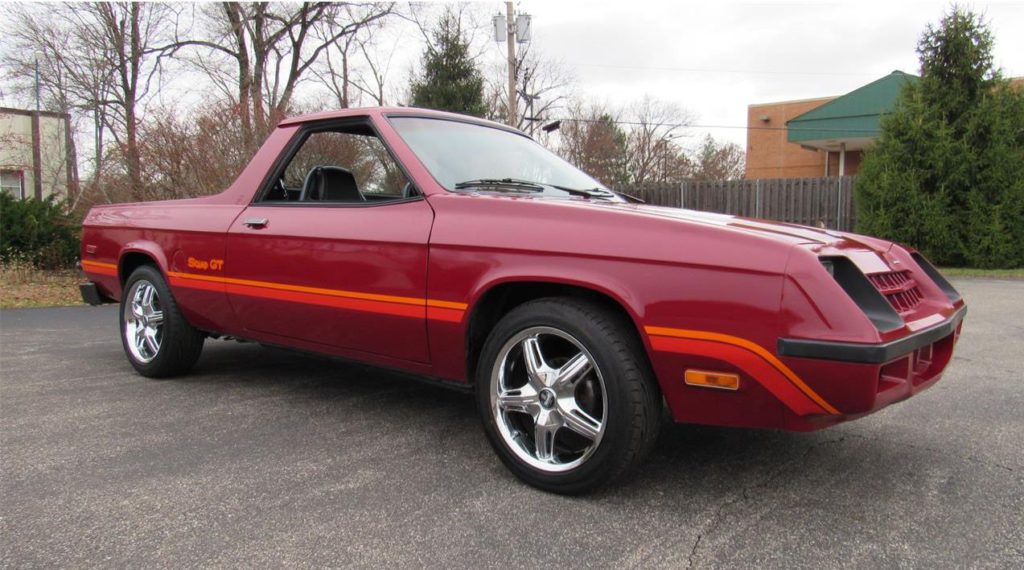
Short production runs sometimes create collector interest, as with the 1983 Plymouth Scamp. This variant of the Dodge Rampage came with a 2.2L inline-4 engine. The front-wheel-drive layout added efficiency and made it the first front-wheel-drive pickup from an American automaker. Its boxy design made it stand out. It helped start the compact utility vehicle market, though its front-wheel drive limited off-road capability.
1983 Plymouth Scamp (Interior)
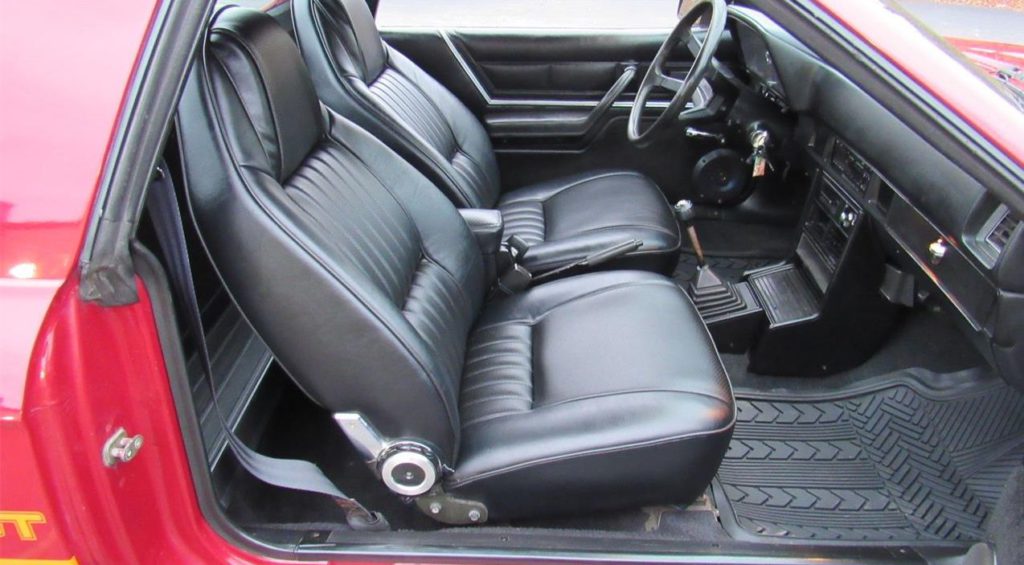
The 1983 Plymouth Scamp offered an interior that revealed its car-based origins through its more automotive approach to cabin design. Drivers enjoyed a more car-like seating position than traditional trucks, providing better visibility and comfort during daily driving. The dash borrowed elements from Plymouth’s passenger vehicles, resulting in more intuitive control placement than purely utility-focused competitors. Cloth upholstery came standard, offering better comfort in extreme temperatures than the vinyl common in work trucks of the era. Its unique front-wheel-drive packaging created additional cabin space that made this compact truck feel surprisingly accommodating for its small exterior dimensions.
5. 1994 Mazda B Series (Exterior)

Reliability became the calling card of the 1994 Mazda B Series. It offered solid fuel efficiency for its time. Engine choices included a 2.3L inline-4. You could also get 3.0L and 4.0L V6 options. Its rear-wheel-drive layout provided good handling. A simple design helped its longevity, though it had limited power compared to larger trucks. The B Series sold well and helped build Mazda’s reputation for reliable vehicles.
1994 Mazda B Series (Interior)

Mazda built the 1994 B Series interior with practical durability as its primary focus. The cabin incorporated materials selected specifically for long-term wear resistance rather than initial appearance or luxury feel. Straightforward gauge clusters delivered essential information without distracting drivers with complicated displays or unnecessary features. The bench seat accommodated three passengers when needed, using stain-resistant fabrics that withstood daily use impressively well. Storage compartments throughout the cabin provided convenient places for work items, revealing Mazda’s understanding of how owners actually used these vehicles in daily situations. You’ll appreciate the thoughtful simplicity that made this interior both functional and long-lasting.
4. 1982 Ford Ranger (Exterior)
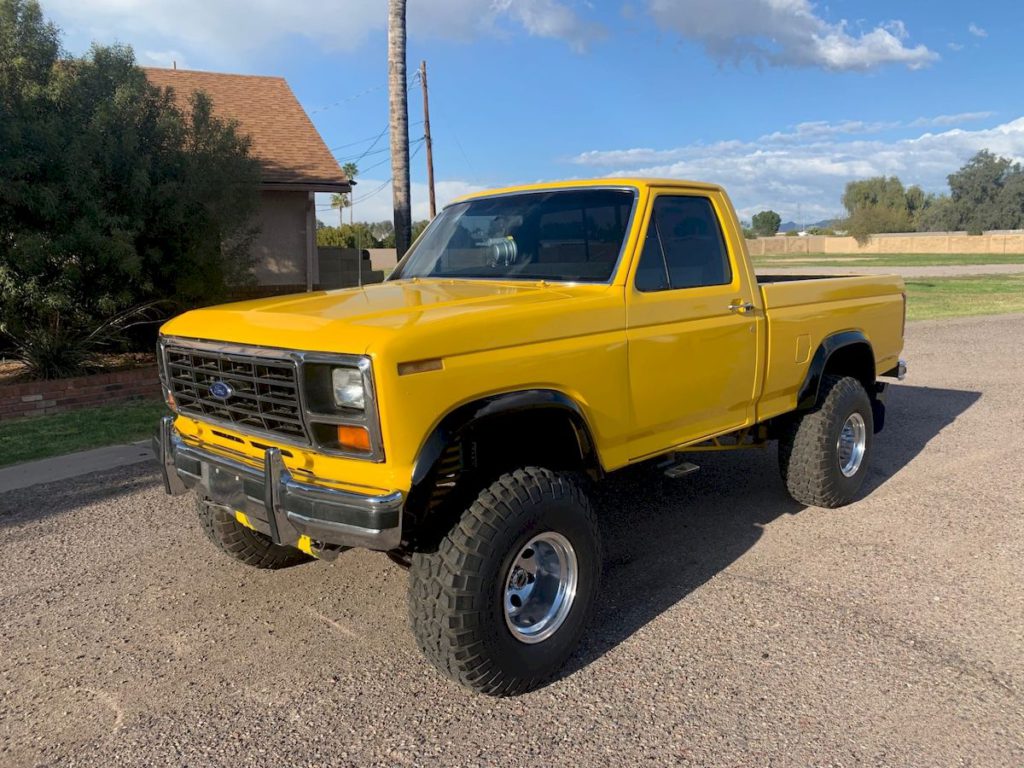
Replacing the Courier, the 1982 Ford Ranger changed the compact truck market. Engine choices ranged from a 2.0L inline-4 to a 2.3L diesel. The Ranger came in various bed sizes. It had a strong ladder frame for durability. The Twin I-Beam front suspension added comfort. The Ranger’s durability and features made it popular, though it eventually was phased out in the U.S. market. It remains sought after by some collectors.
1982 Ford Ranger (Interior)

The 1982 Ford Ranger introduced interior improvements that helped establish new expectations for compact truck cabins. Ford designed the seating with better ergonomics than its Courier predecessor, providing improved support during longer drives or work days. The instrument panel arranged gauges in a driver-focused layout that prioritized visibility and quick information access. Higher trim levels offered upgraded cloth upholstery and additional convenience features that weren’t previously available in compact trucks. The cabin’s thoughtful design included improved insulation that reduced road noise significantly compared to earlier small trucks. You’ll find the interior represents Ford’s commitment to evolving the compact truck from purely utilitarian transportation to a more versatile daily driver.
3. 1959 Datsun 1000 Pickup

Among the pioneers, the Datsun 1000 stands as one of the first compact Japanese pickups to reach American shores. This early truck helped introduce U.S. buyers to the concept of small, efficient, and reliable trucks. Its compact dimensions and practical design made it an important milestone in truck history, though it offered modest performance by today’s standards. The 1000 Pickup laid the groundwork for later Japanese truck success in America.
If you want trucks that blend car comfort with pickup utility, consider these options that sit outside our strict compact focus:
The 1959 Datsun 1000 Pickup featured an interior that emphasized functional simplicity above all else. Datsun designed the cabin with straightforward controls that required no special knowledge to operate effectively, making this truck accessible to American drivers unfamiliar with Japanese vehicles. The basic bench seat provided adequate support for shorter trips while maximizing the limited space available in the compact cab. The minimal dashboard contained only essential gauges that drivers needed for basic vehicle operation. Its utilitarian approach focused entirely on functionality rather than comfort or convenience, reflecting the truck’s pioneering role in introducing American buyers to compact pickup capabilities.
2. 1985 Jeep Comanche (Exterior)

Off-road capability came standard with the 1985 Jeep Comanche, though it’s classified as mid-size rather than compact. It came from AMC with unique styling. Engine choices included a 2.5L inline-4 and turbo diesel. Buyers could choose rear-wheel or four-wheel drive. Its unibody build improved handling. It was known for versatility and off-road capability, though production ended in 1992 and some models had durability concerns.
1985 Jeep Comanche (Interior)

Jeep created the 1985 Comanche interior with elements specifically designed to support off-road capability and adventure. The cabin incorporated more robust materials that could handle the dirt and wear associated with outdoor activities without showing excessive damage. Supportive high-back seats helped keep drivers comfortable during challenging terrain navigation, with better bolstering than typical work trucks of the era. The dashboard featured additional gauges for monitoring vehicle systems during demanding off-road use, providing crucial information when exploring remote areas. You’ll find thoughtful touches throughout the interior that reveal Jeep’s understanding of what adventure-minded drivers needed from their truck cabins.
1. 1972 Ford Ranchero (Exterior)

Car-truck hybrids have always fascinated enthusiasts, and the 1972 Ford Ranchero exemplifies this approach. Engine options ranged from a 4.1L inline-6 to 5.8L V8s. Its flowing design looked good. The interior was surprisingly comfortable. This Ranchero combined car-like driving and truck usefulness, though it offered limited cargo space compared to traditional pickups. Its unique design helped it gain popularity, and it remains sought after by collectors.
1972 Ford Ranchero (Interior)

The 1972 Ford Ranchero offered an interior that clearly demonstrated its car-based heritage through comfort features rarely found in traditional trucks. Ford designed the cabin with plush seats that provided all-day comfort, using higher-grade materials than typical work vehicles of the era. The dashboard incorporated wood-grain accents and full instrumentation that created a more premium feel than utilitarian pickups. Temperature controls and entertainment options matched those found in passenger cars rather than commercial vehicles, providing a level of convenience unusual in any truck. You’ll appreciate the spacious cabin that accommodated even taller drivers comfortably, making this vehicle ideal for those who wanted truck utility without sacrificing passenger car comfort.




























